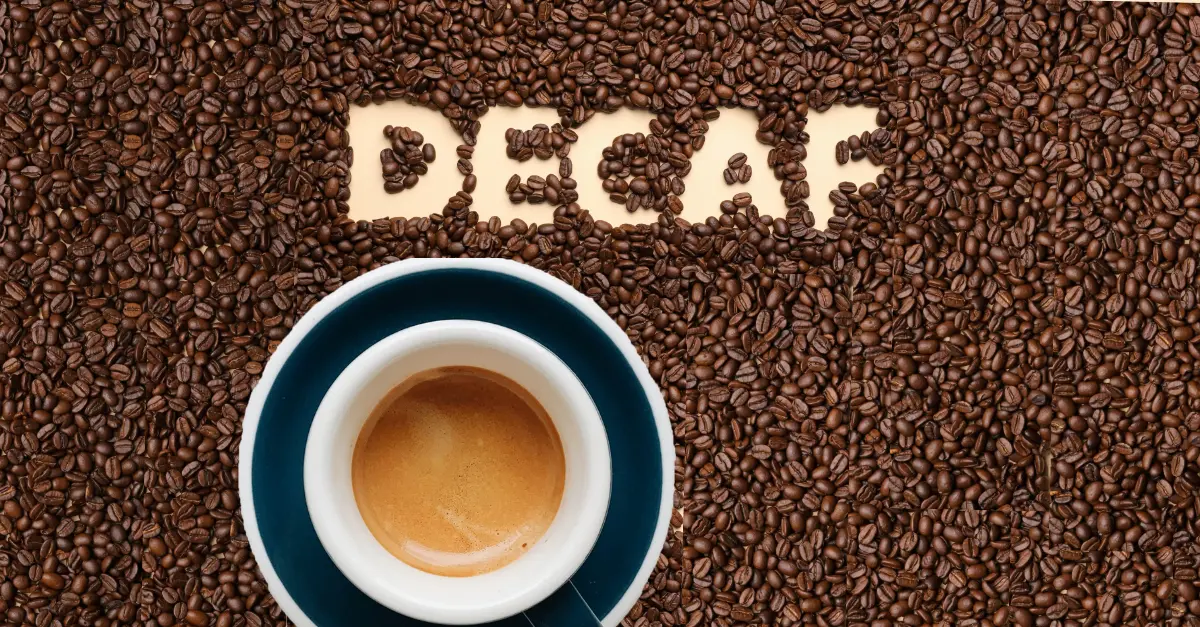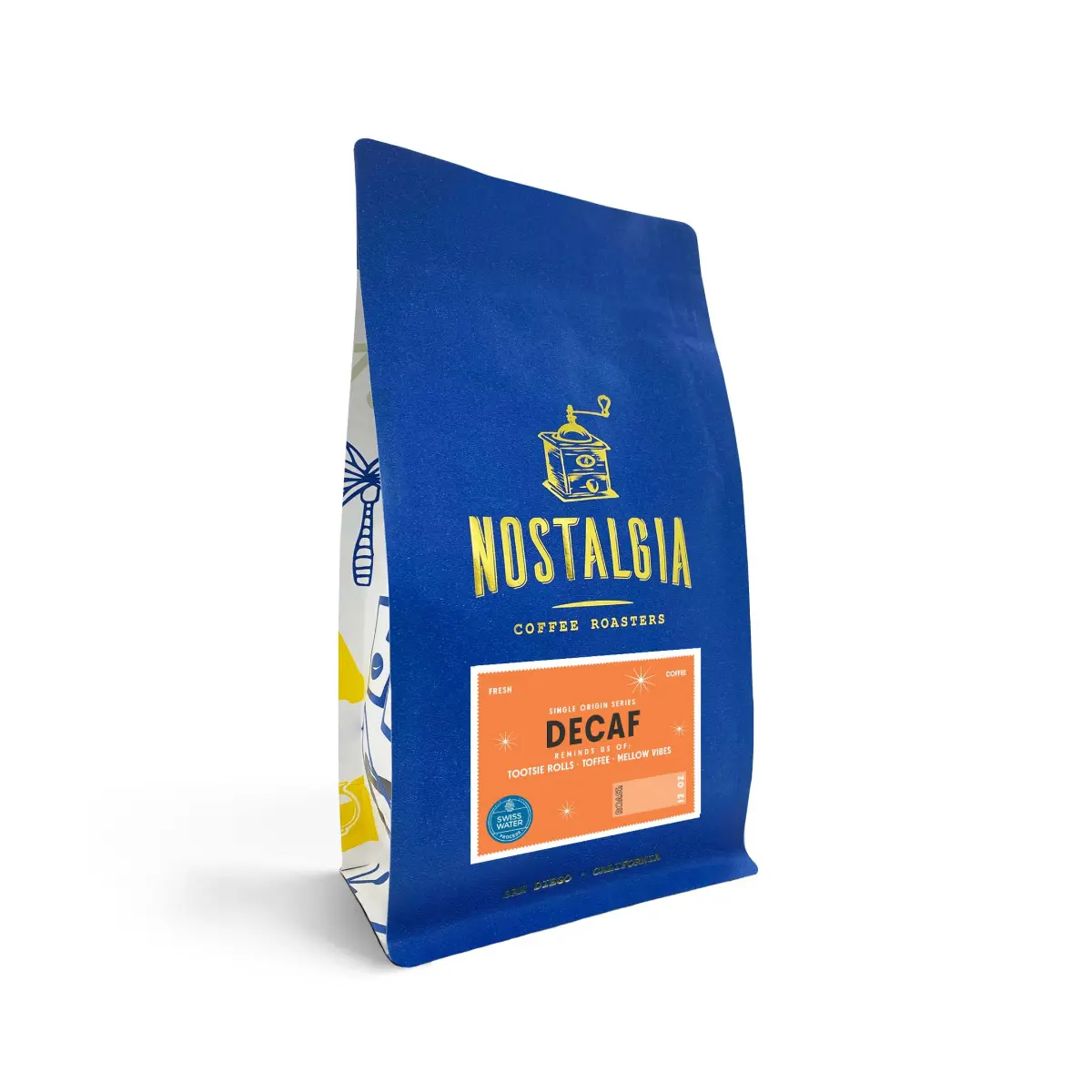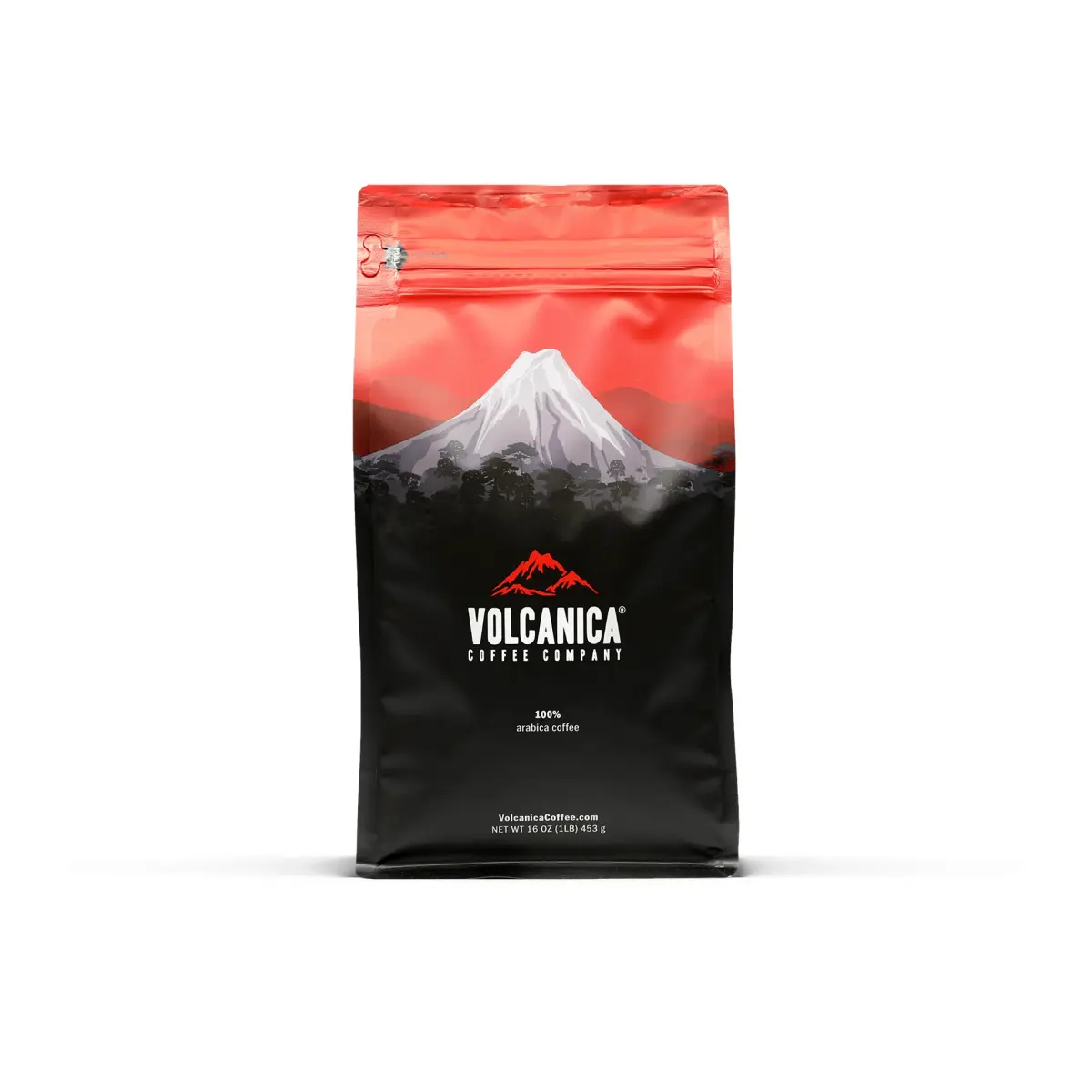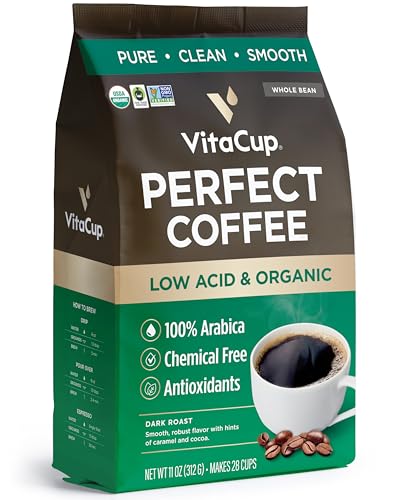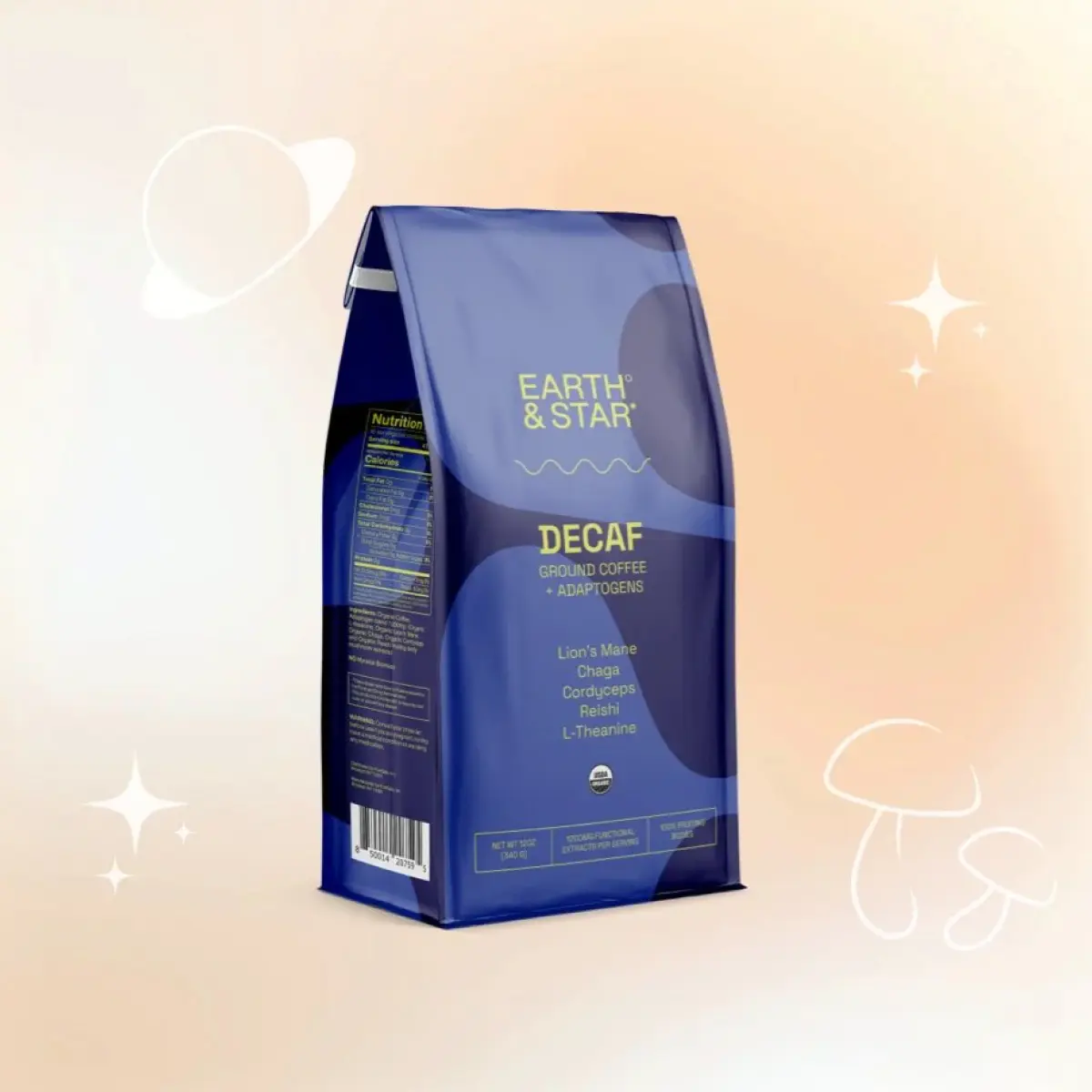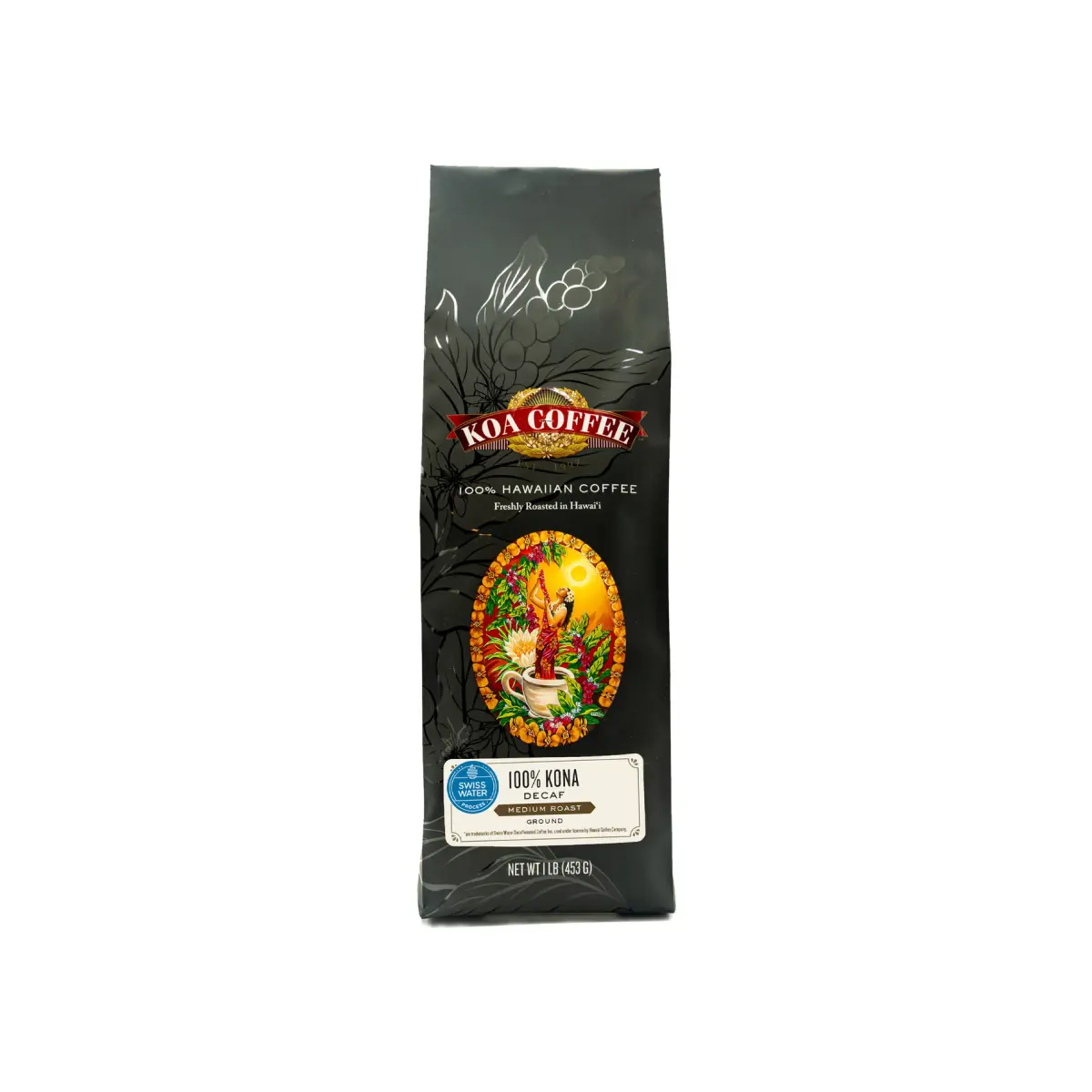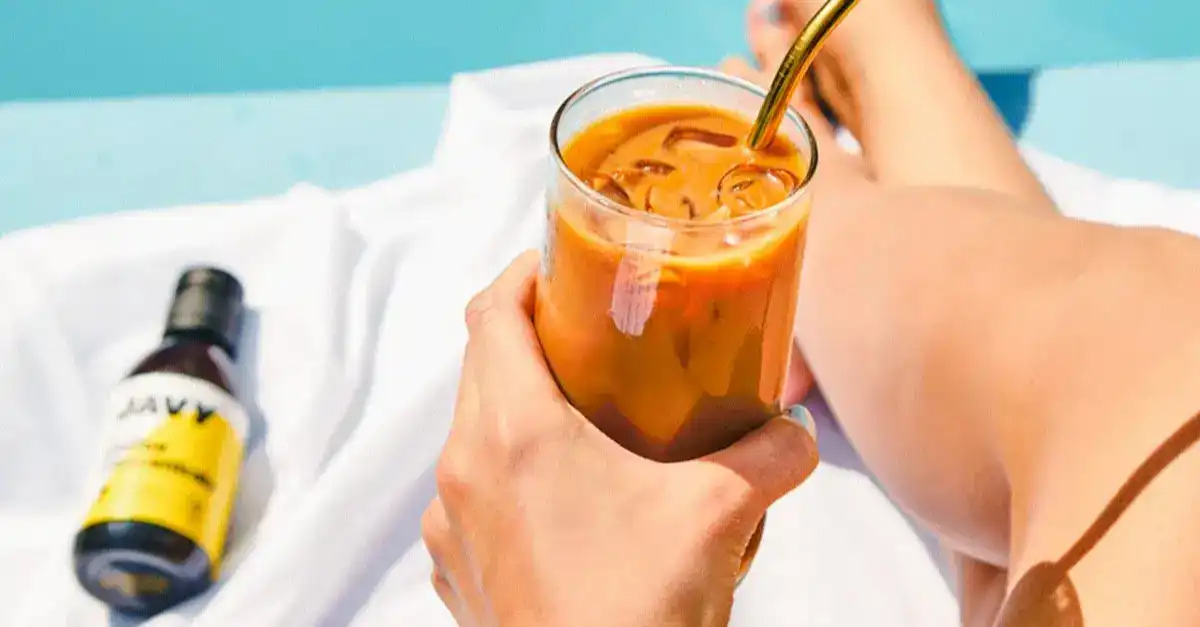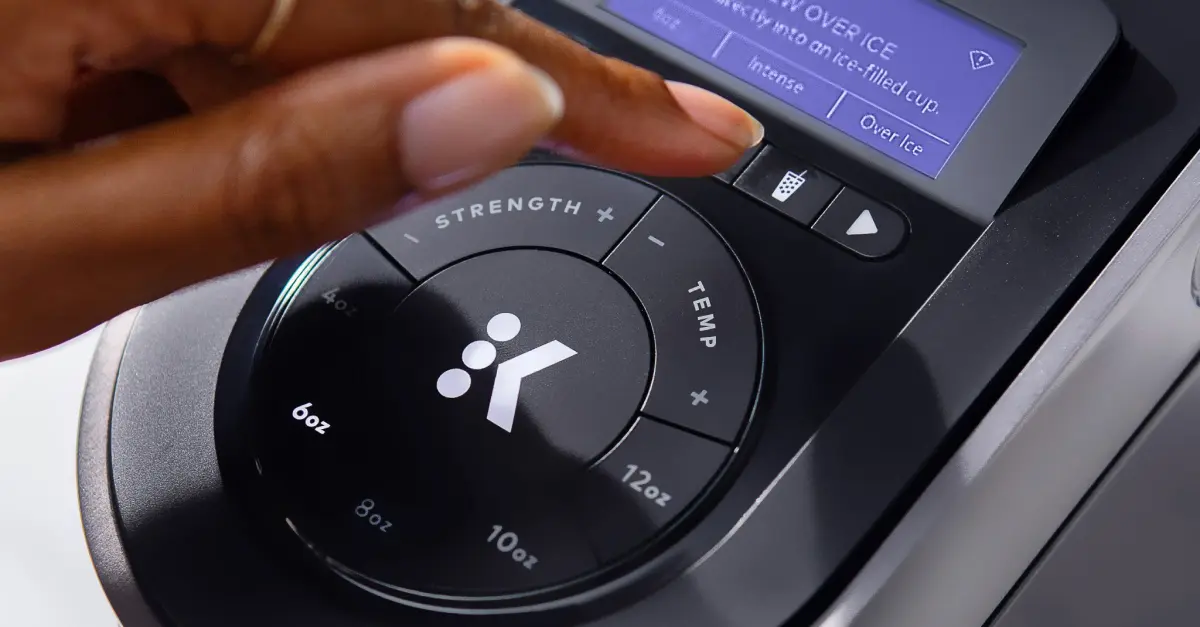As you might know, coffee naturally comprises a stimulant known as caffeine; however, there are several individuals who prefer to take their beverage without it. Fortunately, decaf coffee was made for this exact reason — maintaining the delicious coffee taste while eliminating most of the caffeine. In this article, we’ll look at all you need to know about decaf espresso.
Contrary to what most people think, espresso refers to a brewing style. Unlike others that require time to filter the water through the coffee ground slowly, an espresso machine pumps hot water with pressure via the pack of finely ground beans.
The decaffeination process often eliminates about 97% of the caffeine in coffee. In summary, to produce decaf coffee, its beans are moistened and washed in a chemical solvent that’s made up of water, carbon dioxide, or organic solvents. This solvent removes most of the caffeine from the coffee beans as time passes.
This process always occurs during the crashing portion of the coffee procession, so it is the same despite the coffee in use. The FDA-approved caffeine intake is 400 milligrams daily for adults looking to stay healthy — roughly four to five cups of brewed coffee.
There’s a common misconception about decaf coffee and how it tastes. Many individuals believe that decaf espresso tastes rather sludgy and unfresh, probably because of the decaffeination process. However, this is quite wrong. Decaf coffee still maintains a delicious taste like any regular coffee. Therefore, when a decaf tastes like dirt, it’s because it is made of old coffee.
Featured Products
Nostalgia Coffee - Medium Roast Decaf
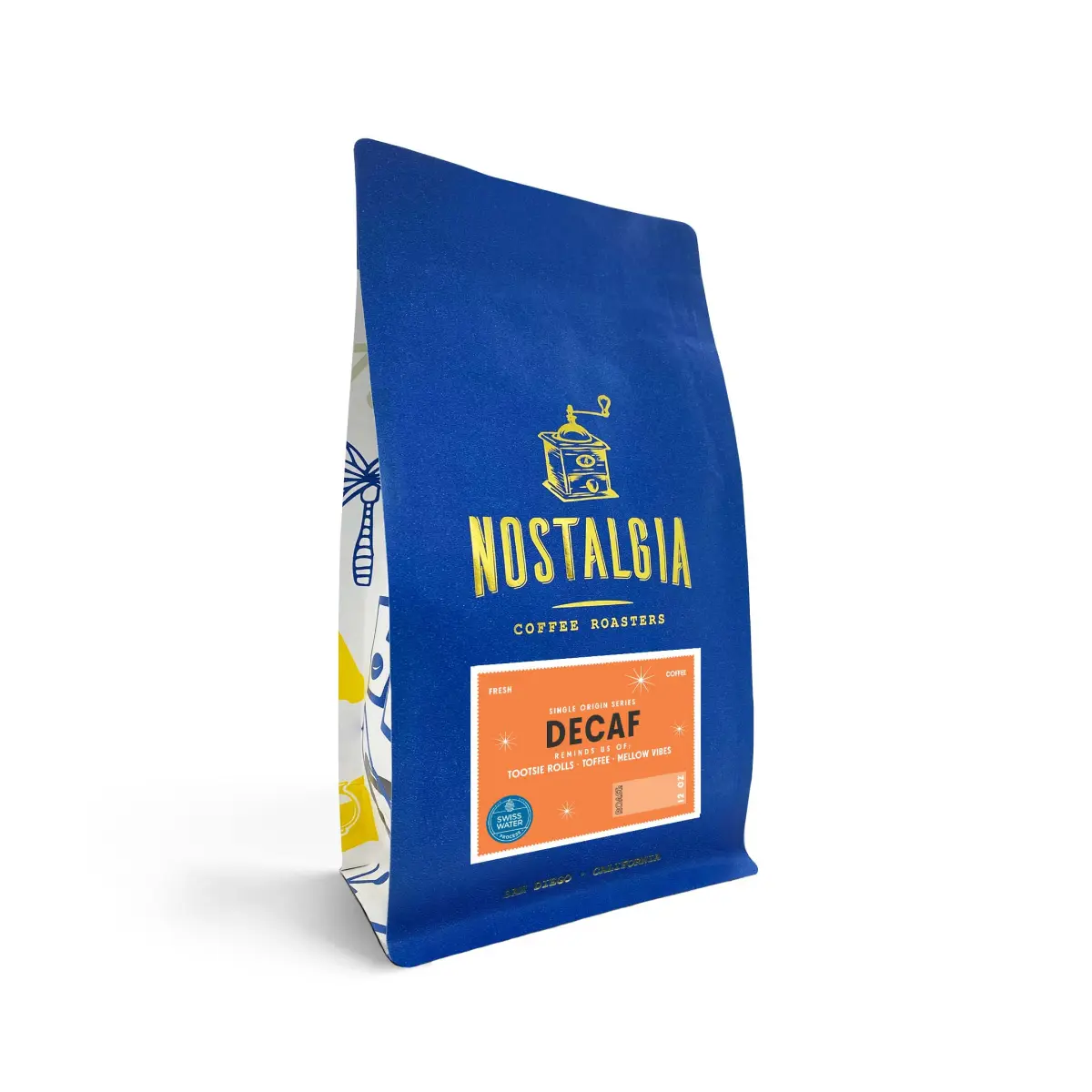
Buy on Nostalgia Coffee Roasters
Smooth, rich, and sweet taste of coffee without the gitters.
Volcanica - Creme Brulee Flavored Decaf Espresso
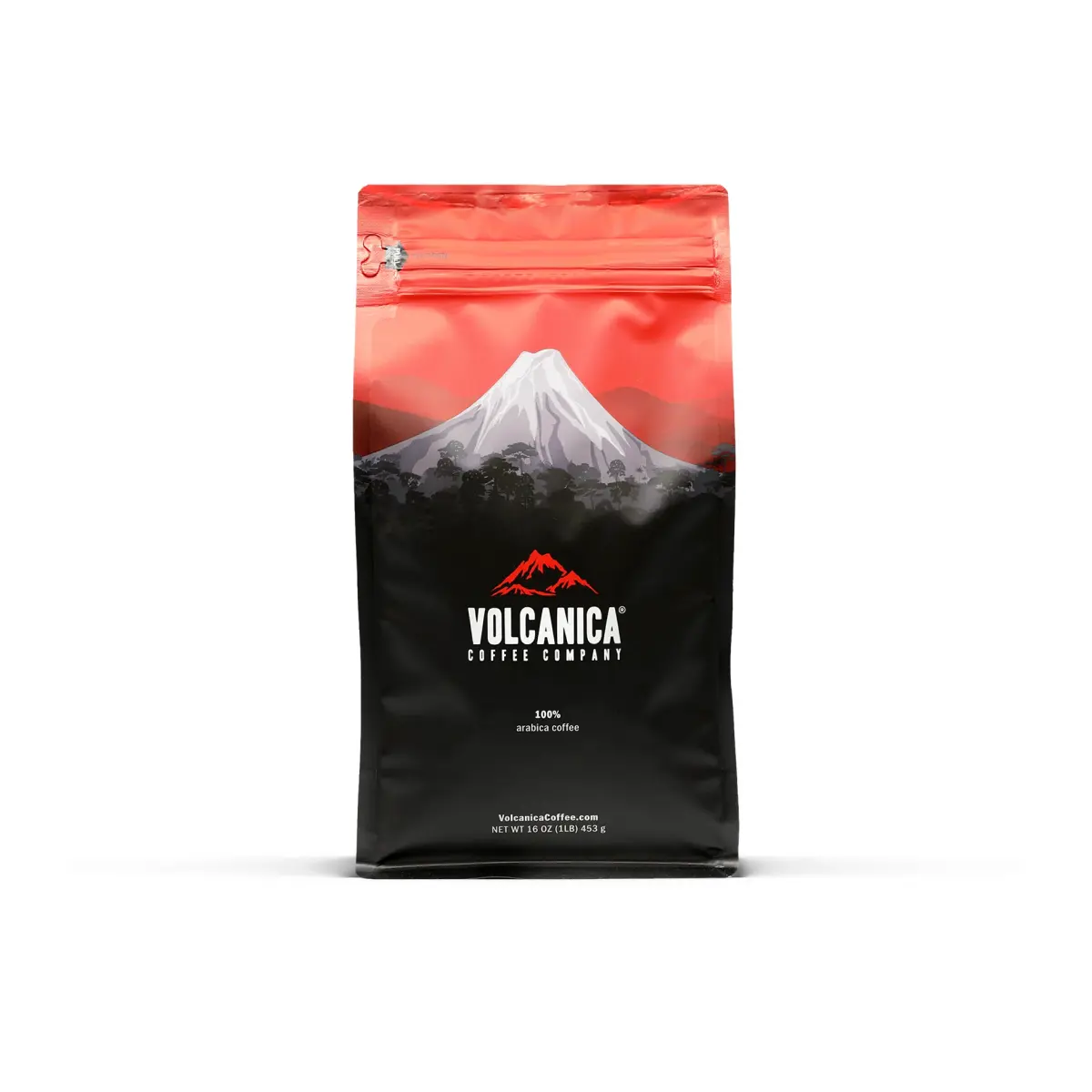
The Swiss Water Process is a taste-driven, 100% chemical-free decaffeination process that delivers for our Decaffeinated Coffee that is 99.9% caffeine-free while protecting the unique origin characteristics and flavor. Most other processes use chemical solvents, like Methylene Chloride or Ethyl Acetate, to decaffeinate coffee beans.
Lavazza Decaffeinato Ricco Espresso Dark Roast Capsules (28% Off)
⭐ 4.2/5 • 💰 ~$23
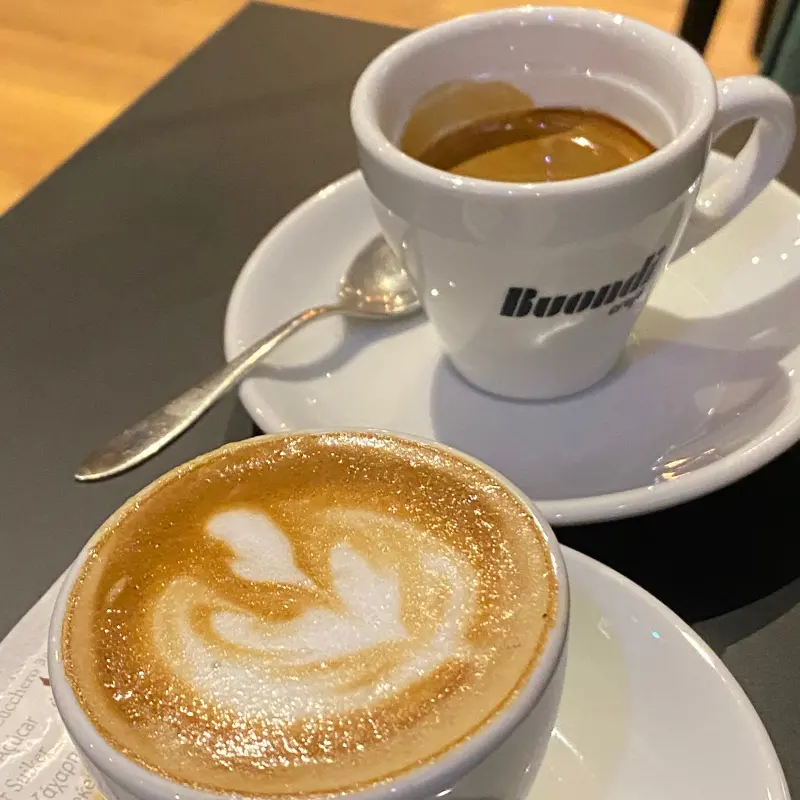
The full-bodied Brazilian Arabica and sweet Southeast Asian Robusta yield a velvety blend with a sweet and rich taste, thanks to a natural decaffeination method that preserves the beans’ aroma.
Key Features:
- Fair Trade & Certified USDA Organic
- Sweet and rich taste
Pros:
- Aroma-saving coffee capsule
- Uniform grinding of the coffee
Earth & Star Decaf Ground Coffee + Adaptogens
⭐ 4.7/5 • 💰 ~$23
.webp)
I experienced a sense of calm and focus, helping me tackle the day’s challenges with renewed energy. It’s an excellent option for those looking for a little extra boost without the jitters associated with caffeine.
Swiss Water Decaf Pure Kona Coffee
⭐ 4.8/5 • 💰 ~$80

Swiss Water Decaf Pure Kona Coffee offers a decaffeinated option that exceeds expectations. Its captivating aroma, well-balanced flavor profile, and commitment to sustainability provide a rich and satisfying coffee experience.
The Decaf Espresso Experience
While decaf espresso tastes no different from regular espresso, slight taste notes distinguish both coffee types. Decaf espresso offers a somewhat sour taste profile because of how the coffee beans are processed. However, besides this, the flavor profile of your decaffeinated coffee depends on the origin of the coffee beans and coffee roast.
The decaf espresso experience also offers many more benefits than just its taste. Similar to traditional coffee, decaf contains flavonoids — compounds with an effective antioxidant effect, known for their capability to protect organisms from free radicals. According to studies, decaf is more potent than traditional coffee in preventing severe metabolic conditions like Type 2 Diabetes. What’s more, due to its lowered caffeine content, a shot of decaf coffee can have a relieving effect on headaches.

Who Should Drink Decaf Espresso?
Decaf espresso is suitable for a wide range of individuals who enjoy the flavors and experience of espresso but either need to or choose to limit their caffeine intake. Here are a few groups of people who might opt for decaf espresso:
- Caffeine-sensitive individuals: Some people are more sensitive to the stimulating effects of caffeine and may experience jitters, sleep disturbances, or other negative side effects. Decaf espresso allows them to enjoy the taste and ritual of espresso without the caffeine-induced discomfort.
- Evening coffee enthusiasts: For those who enjoy a cup of coffee after dinner or in the evening, consuming regular espresso can interfere with sleep due to its caffeine content. Decaf espresso provides a way to indulge in the flavors and aromas of espresso without disrupting sleep patterns.
- Health-conscious individuals: Some individuals have dietary or health restrictions that require them to limit their caffeine intake. Decaf espresso offers a solution for those who want to enjoy the pleasure of espresso while adhering to their specific health needs.
- Pregnant and breastfeeding individuals: Caffeine consumption is often recommended to be limited during pregnancy and breastfeeding. Decaf espresso provides an option for those who want to enjoy a cup of espresso without exposing themselves or their babies to excess caffeine.
- Coffee enthusiasts seeking variety: Coffee lovers who appreciate the nuances and complexity of different coffee flavors may explore decaf espresso as a way to expand their tasting experience. Decaf beans can offer unique flavor profiles and allow for a broader range of coffee exploration.
Ultimately, anyone who enjoys the taste, aroma, and experience of espresso but wants to avoid or limit their caffeine intake can find satisfaction in drinking decaf espresso. It provides a way to indulge in the pleasures of espresso while aligning with individual preferences and needs.
Finding Quality Decaf Espresso
If you’re looking to cut back on caffeine and switch to decaf espresso, there are several factors and tips on how to find quality options. We’ve explained them below.
Sourcing Decaf Beans
The first step is to source the perfect decaf beans, and here are some tips to do so.
- Check Its Decaffeination Method:
There are several ways to remove caffeine from coffee. Some utilize natural ingredients, while others opt for harsh chemicals. Therefore, selecting a decaf that was decaffeinated with natural elements, like water through the Swiss Water process or natural ethyl acetate (EA), is recommended.
- Trusted Brands:
One major mistake coffee lovers make when picking a decaf brew to purchase is not considering the brands they’re used to drinking and knowing. They think they have to reinvent themselves to find the best decaf option. So in most cases, it’s best to stick with trusted brands.
- Reviews:
The ideal description of any product comes from individuals who have tried it. Search for reviews that discuss the taste and quality of the decaf you’re considering.
- How Are The Coffee Beans Packaged:
For freshness, before opening the bag, the coffee beans have to be stored with a one-way valve. With this packaging, accumulated CO2 can leave the bag without resulting in inflation.
Roast Profiles
In the complex coffee journey from merely agricultural produce to roasted bean, roasting is the final stage. Factors in the roasting method, like temperature and time, significantly influence how the coffee tastes.
- Light Roast Coffee: An intense and more pronounced acidity distinguishes lighter roasts. The sweetness of coffee is retained in light roasts because caramelization is yet to affect it at a great extent.
- Medium Roast Coffee: Medium roasts increase the intensity of sweetness, acidity, and aromas. Here, the mouthfeel of the espresso is increased, and roast notes are yet to be apparent.
- Dark Roast Coffee: Dark roasted coffee is heavily influenced by the taste notes of the roasting procedure concealing the natural flavor origin. Acidity significantly decreases, and the mouthfeel is increased.
Light-roasted coffees usually have more complex yet delicate flavors than darker roasts. This is because most of the original flavors of the coffee beans are altered or lost during the roasting procedure. Dark-roasted coffee often has simple yet deep flavors.
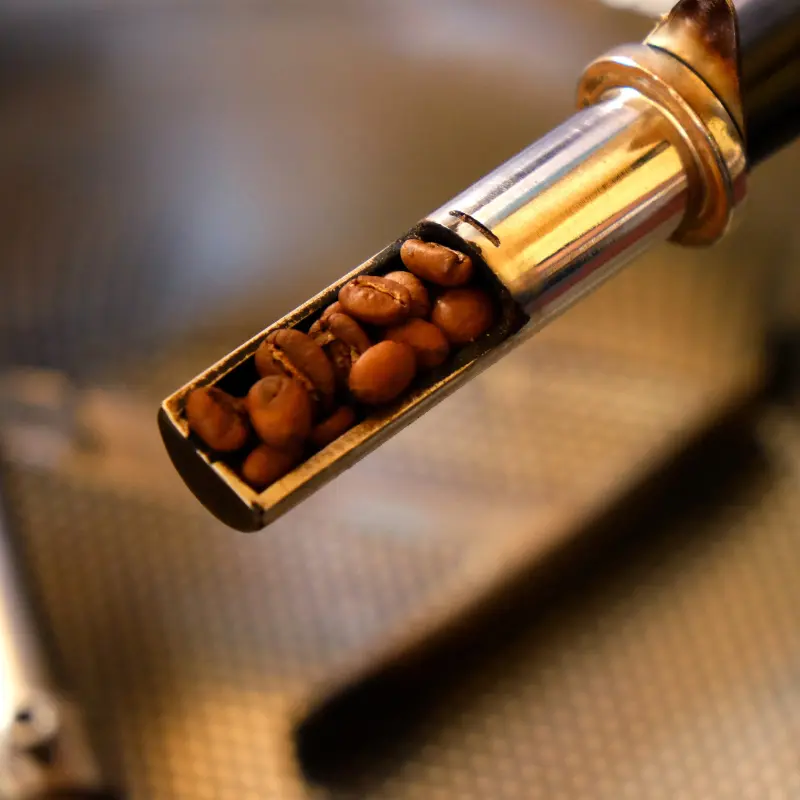
Freshness and Storage
The freshness of decaf espresso has a major impact on its taste. It is the most important factor in the flavor and quality of your brew, and it’s just as dynamic in its unpicked and green state as in its roasted form.
Here are guidelines for storing and preserving the flavor of decaf beans:
- Keep at room temperature inside a sealed container.
- Store in its original packaging.
- Store the beans in a freezer.
- Utilize a coffee storage canister.
- Only grind the coffee beans you need presently.
- Avoid mixing new and old coffee beans.
Brewing Decaf Espresso
Brewing decaf espresso is an art that requires attention to detail and a deep understanding of the espresso-making process. It begins with selecting high-quality decaffeinated beans that have been specifically roasted for espresso.
1. The grind size plays a crucial role, as it needs to be finely ground to ensure optimal extraction. Precise measurements of coffee and water are essential for achieving the desired strength and flavor.
2. The water temperature should be around 195-205°F (90-96°C) to extract the flavors effectively. Using a well-maintained espresso machine, the coffee is compacted into the portafilter, ensuring even distribution and a level surface.
3. The extraction time is relatively short, around 25-30 seconds, to avoid over-extraction and bitterness.
The result is a beautifully brewed decaf espresso, characterized by a rich crema, a balanced taste profile, and a velvety mouthfeel. Brewing decaf espresso requires skill, patience, and a love for the art of espresso-making, resulting in a rewarding and satisfying cup of coffee.
Everyone loves a steaming hot cup of joe in the morning, but any mistake could leave you with a bitter-tasting cup that could ruin the day. So, here’s what you need to know about brewing and getting the best out of your decaf espresso.

Grinding for Decaf
The ideal grind size for decaffeinated coffee is a fine 1/32-size which will help prevent a bitter flavor or sour taste, under-extraction, or over-extraction. A fine grind size will also help the pressurized, hot water in the espresso maker evenly force its way past the coffee bed and get all the flavors in less than a minute.
The ideal extraction time for any espresso is 25 to 30 seconds, which is the same for decaf. This is also true for non-pressurized and pressurized baskets. Additionally, the freshness of your beans also affects your coffee’s extraction.
Extraction Techniques
Here’s how to brew a delicious cup of decaf espresso:
- Start by finely grinding the coffee beans. For optimal extraction, you must achieve a fine 1/32 grind size.
- To ensure the desired flavor, you’ll have to add an appropriate amount of espresso. You’ll need about 18 - 20 grams of coffee to prepare a double shot.
- Brew for about 25 - 30 seconds.
A well-extracted decaf espresso must look velvety and golden brown. You should begin with a 1:2 brewing ratio over 20 - 30 seconds. This will equate to 18 grams of ground coffee to about 36 grams of espresso.
Enjoying Decaf Espresso
Enjoying decaf espresso is a delightful experience that combines the artistry of espresso preparation with the pleasure of savoring rich flavors. Whether you’re sensitive to caffeine or simply prefer to limit your intake, decaf espresso offers a way to indulge in the essence of espresso without the jitters. The beauty of decaf espresso lies in its ability to deliver a smooth, velvety texture and a nuanced taste profile that can rival its caffeinated counterpart. From the moment you take in the enticing aroma to the first sip that dances on your taste buds, decaf espresso provides a moment of pure indulgence. It allows you to appreciate the intricate flavors, whether it’s the subtle notes of chocolate, caramel, or fruity undertones. Each shot is a testament to the craftsmanship and skill of the barista, who meticulously extracts the flavors to create a balanced and satisfying experience. So, whether it’s a morning ritual or an afternoon pick-me-up, enjoying decaf espresso is a joy that can be savored at any time of the day.
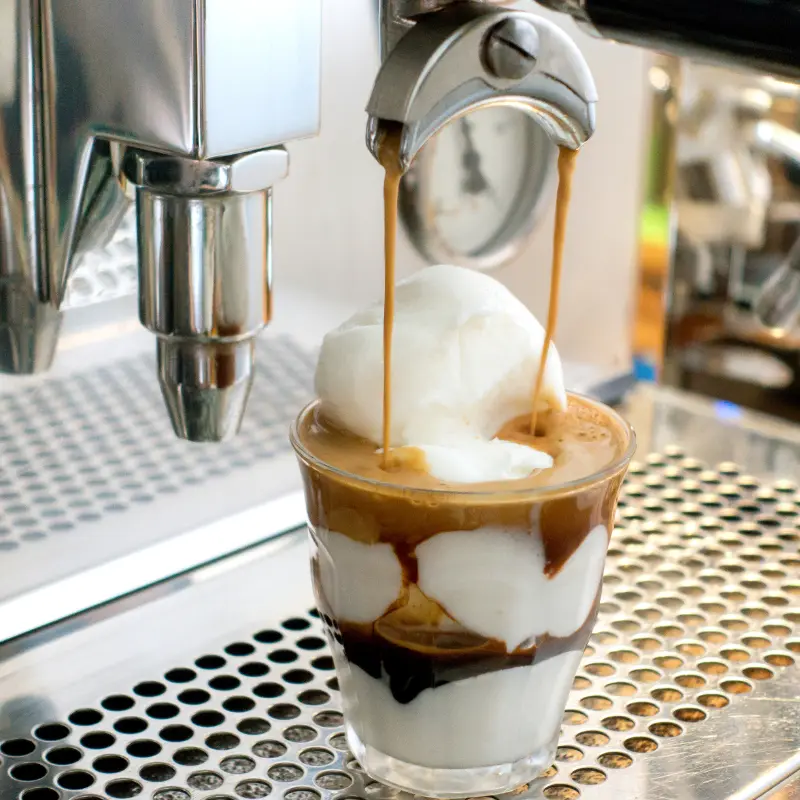
If you’re looking to introduce new ways to enjoy your decaf espresso, there are various pairings and recipes you can try out. You can pair a decaf espresso with chocolate tiramisu, tart, or chocolate cake. Strongly-brewed coffees or decaf always pair well with chocolaty treats. Furthermore, fruity desserts pair perfectly with espresso with foamed milk.
There are also several recipes for decaf espresso-based beverages and desserts. Here are some ideas for you:
- Decaf Affogato Recipe: a delicious and simple Italian dessert that combines the richness of decaf espresso with the creaminess of gelato or ice cream.
- Chocolate Decaf Espresso Dip: a delectable and easy-to-make treat that combines the richness of chocolate with the bold flavors of decaf espresso. It’s perfect for dipping fruits, cookies, or even as a topping for ice cream.
- Decaf Espresso Butterscotch Sauce: a luscious and indulgent topping that combines the smoothness of butterscotch with the rich flavor of decaffeinated espresso.
- Easy Decaf Coffee Mousse Cups:a delightful and simple dessert that combines the smoothness of mousse with the rich flavor of decaffeinated coffee.
Decaf Espresso Culture
Decaf espresso culture has become increasingly prominent in the world of coffee enthusiasts. While espresso has long been associated with a strong caffeine kick, the rise of decaffeinated options has allowed individuals to enjoy the rich flavors and velvety texture of espresso without the stimulating effects of caffeine. Decaf espresso culture embraces the idea that one can savor the artistry and complexity of a well-crafted espresso shot, even without the caffeine boost. It encourages the exploration of different decaffeination processes and specialty beans, ensuring that decaf espresso drinkers can experience a diverse range of flavors and aromas. This growing culture has fostered a sense of inclusivity, recognizing that coffee enjoyment is not limited to those who prefer or can tolerate caffeine. Decaf espresso culture celebrates the ritual of sipping a finely brewed decaf espresso, appreciating the nuanced taste profiles and the skill of the baristas who create these masterful beverages.
Conclusion
While both regular and decaffeinated coffee has the same health benefits, decaf is the ideal choice for individuals who have to avoid caffeine for medical reasons and those who are caffeine sensitive. However, decaf espresso is no different from your regular, full-caff coffee. There are still a variety of ways to enjoy a decaf espresso properly.
